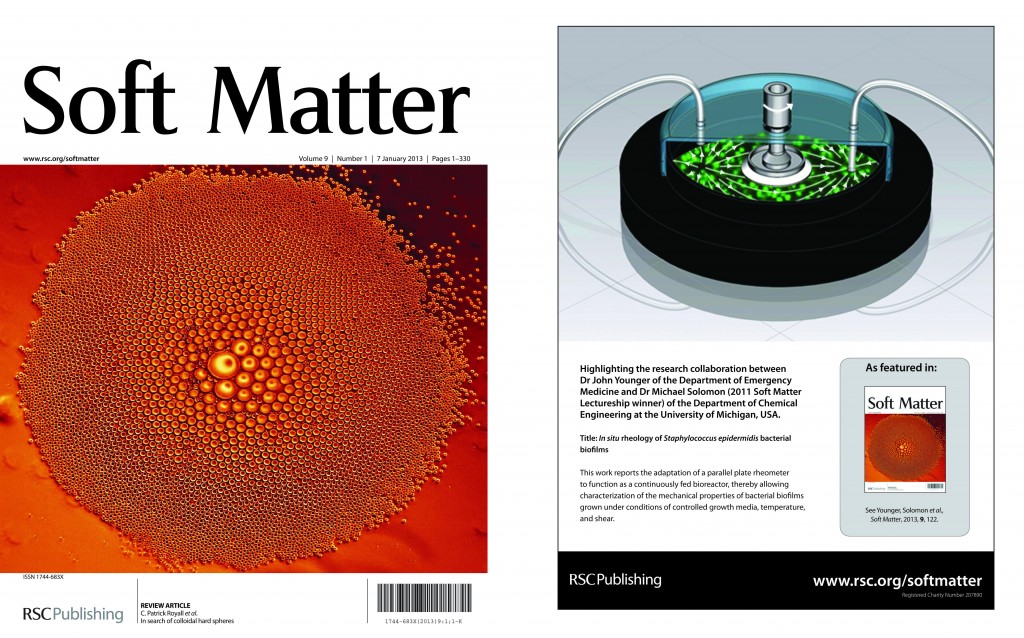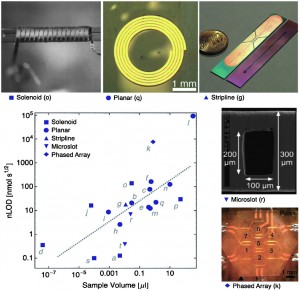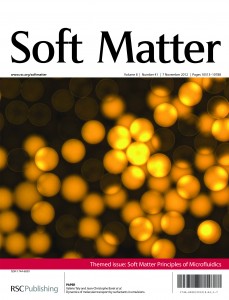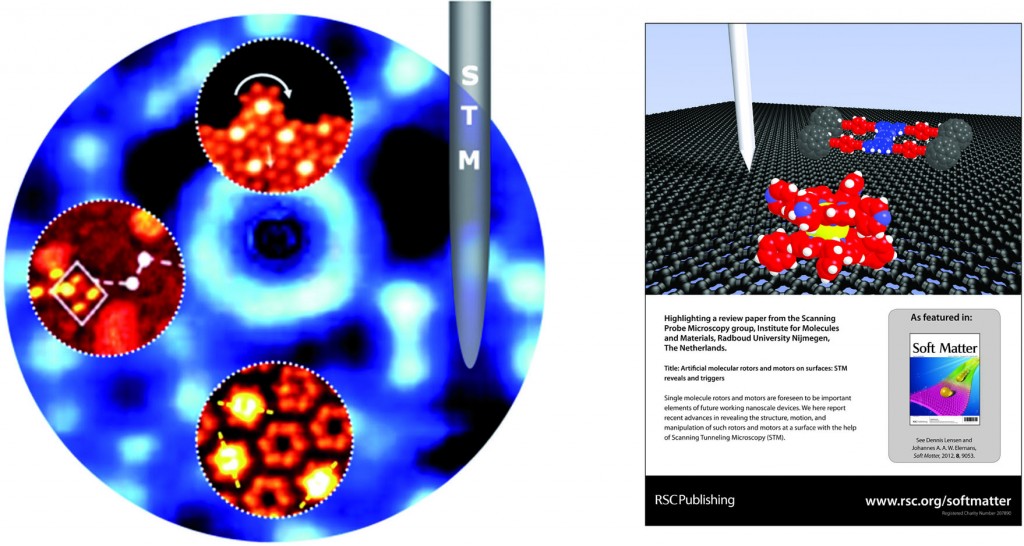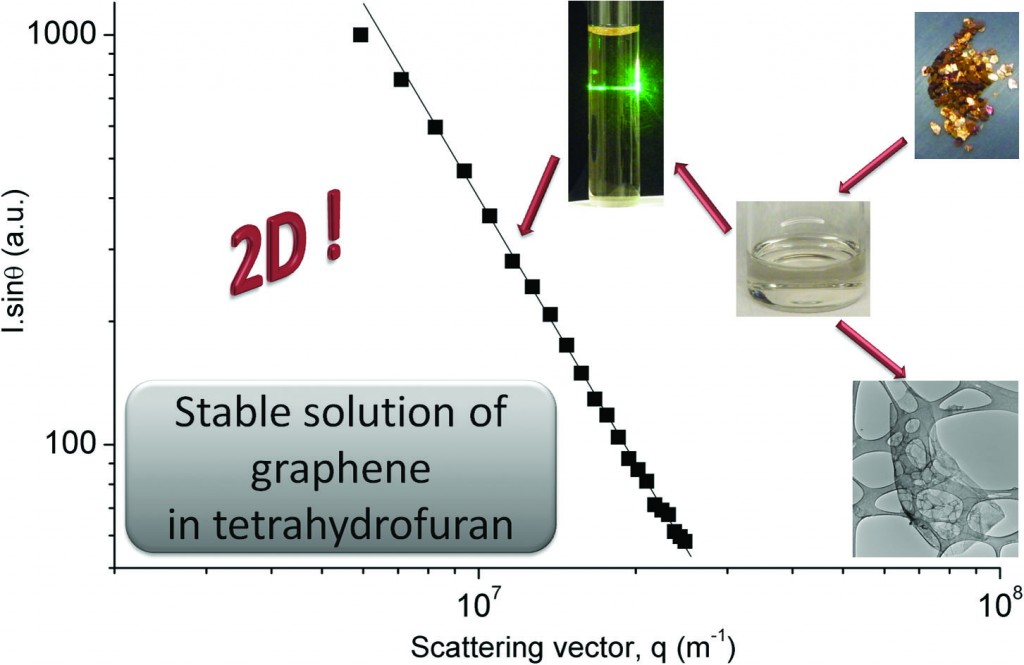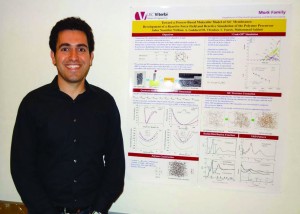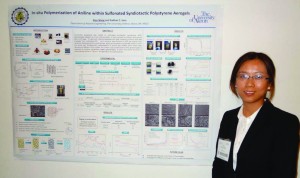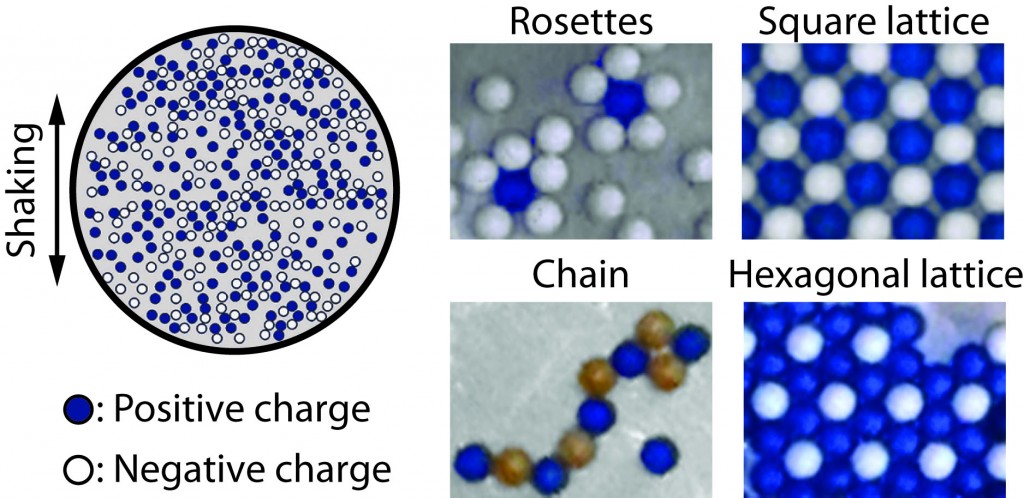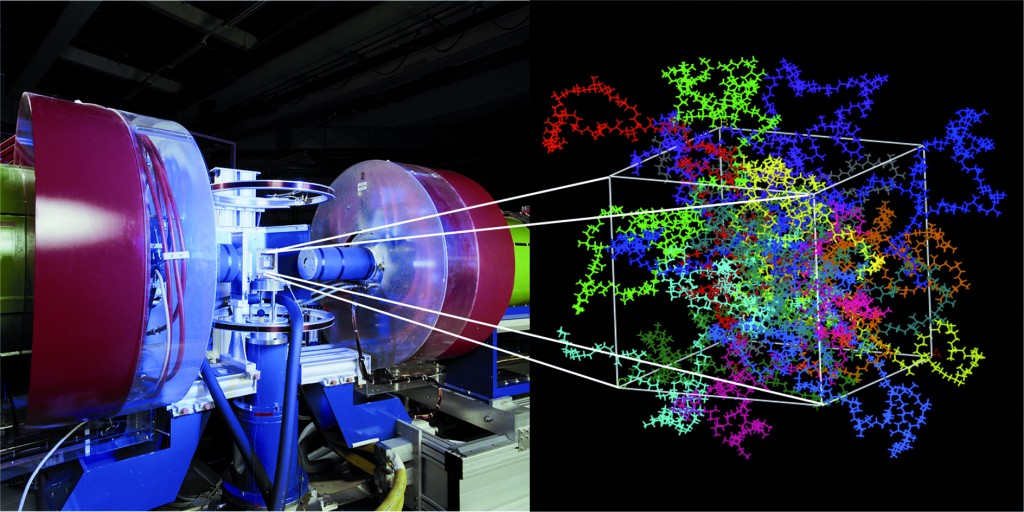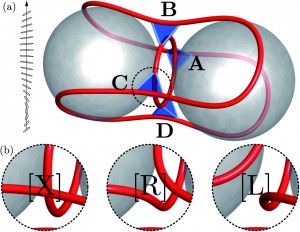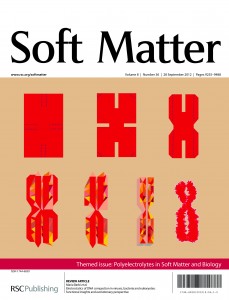 Soft Matter welcomes submissions on the biophysics of soft matter systems, for example:
Soft Matter welcomes submissions on the biophysics of soft matter systems, for example:
• Membranes and lipid bilayers
• Biomimetic materials
• Cell mechanics and adhesion
• Self-assembly of biomacromolecules
• DNA and protein dynamics and folding
• Buckling/jamming of cell layers and tissues
• Physics of drug delivery systems
• Flagella and motility
Also, see our recently published themed issue on ‘Polyelectrolytes in biology and soft matter‘, with guest editors Michael Rubinstein and Garegin Papoian.
The following review content will be free for a limited time:
Assembly and stability of α-helical membrane proteins
Matthias Heyden, J. Alfredo Freites, Martin B. Ulmschneider, Stephen H. White and Douglas J. Tobias
Soft Matter, 2012, 8, 7742-7752, DOI: 10.1039/C2SM25402F
Lipid membranes in contact with aqueous phases of polymer solutions
Rumiana Dimova and Reinhard Lipowsky
Soft Matter, 2012, 8, 6409-6415, DOI: 10.1039/C2SM25261A
Beyond the lipid-bilayer: interaction of polymers and nanoparticles with membranes
Matthias Schulz, Adekunle Olubummo and Wolfgang H. Binder
Soft Matter, 2012, 8, 4849-4864, DOI: 10.1039/C2SM06999G
Revealing structural and dynamical properties of high density lipoproteins through molecular simulations
Artturi Koivuniemi and Ilpo Vattulainen
Soft Matter, 2012, 8, 1262-1267, DOI: 10.1039/C1SM06742G
Inhibiting, promoting, and preserving stability of functional protein fibrils
Owen Griffith Jones and Raffaele Mezzenga
Soft Matter, 2012, 8, 876-895, DOI: 10.1039/C1SM06643A
Adsorption and self-assembly of biosurfactants studied by neutron reflectivity and small angle neutron scattering: glycolipids, lipopeptides and proteins
Jeffrey Penfold, Robert K. Thomas and Hsin-Hui Shen
Soft Matter, 2012, 8, 578-591, DOI: 10.1039/C1SM06304A
Computer simulations of fusion, fission and shape deformation in lipid membranes
Kai Yang and Yu-qiang Ma
Soft Matter, 2012, 8, 606-618, DOI: 10.1039/C1SM05903C
Follow the latest journal news on Twitter @softmatter or go to our Facebook page.
To keep up-to-date with all the latest research, sign-up to our RSS feed or Table of contents alert.
Comments Off on Soft Matter 2012 Reviews in Biophysics


